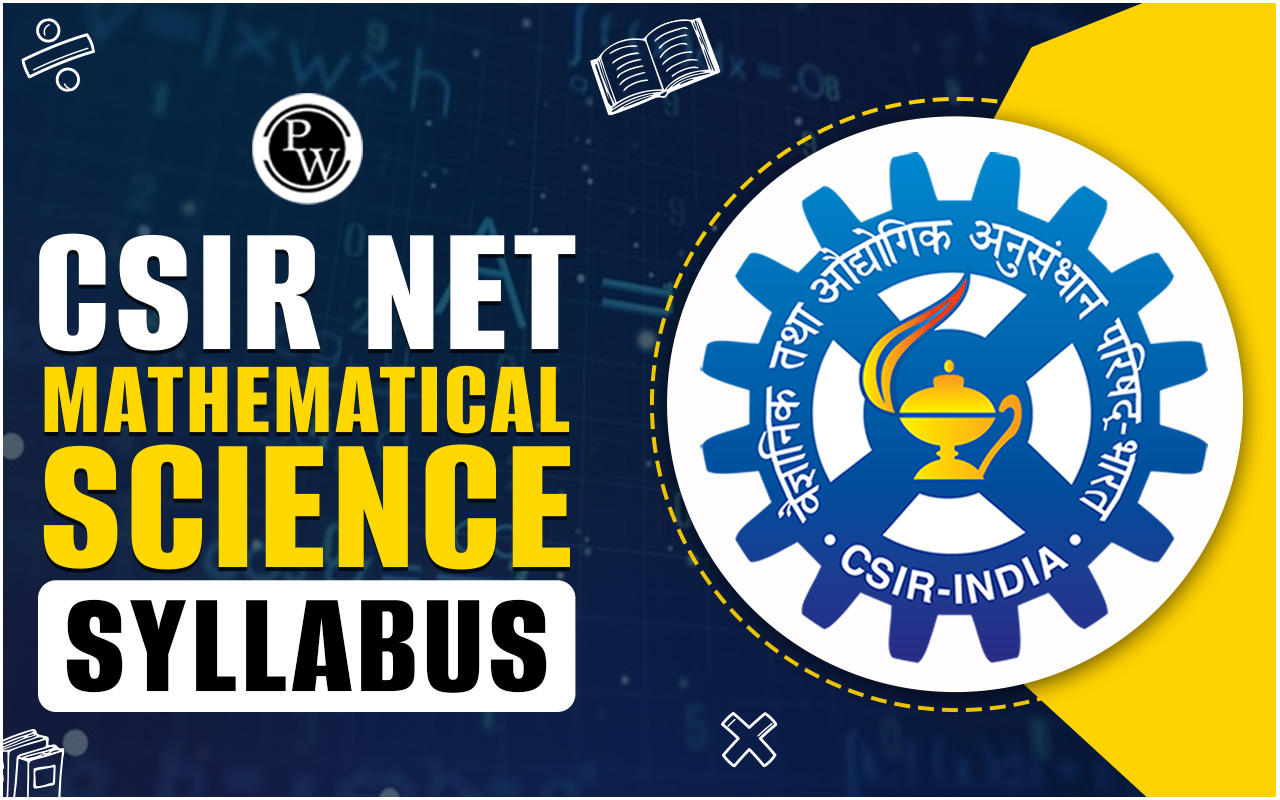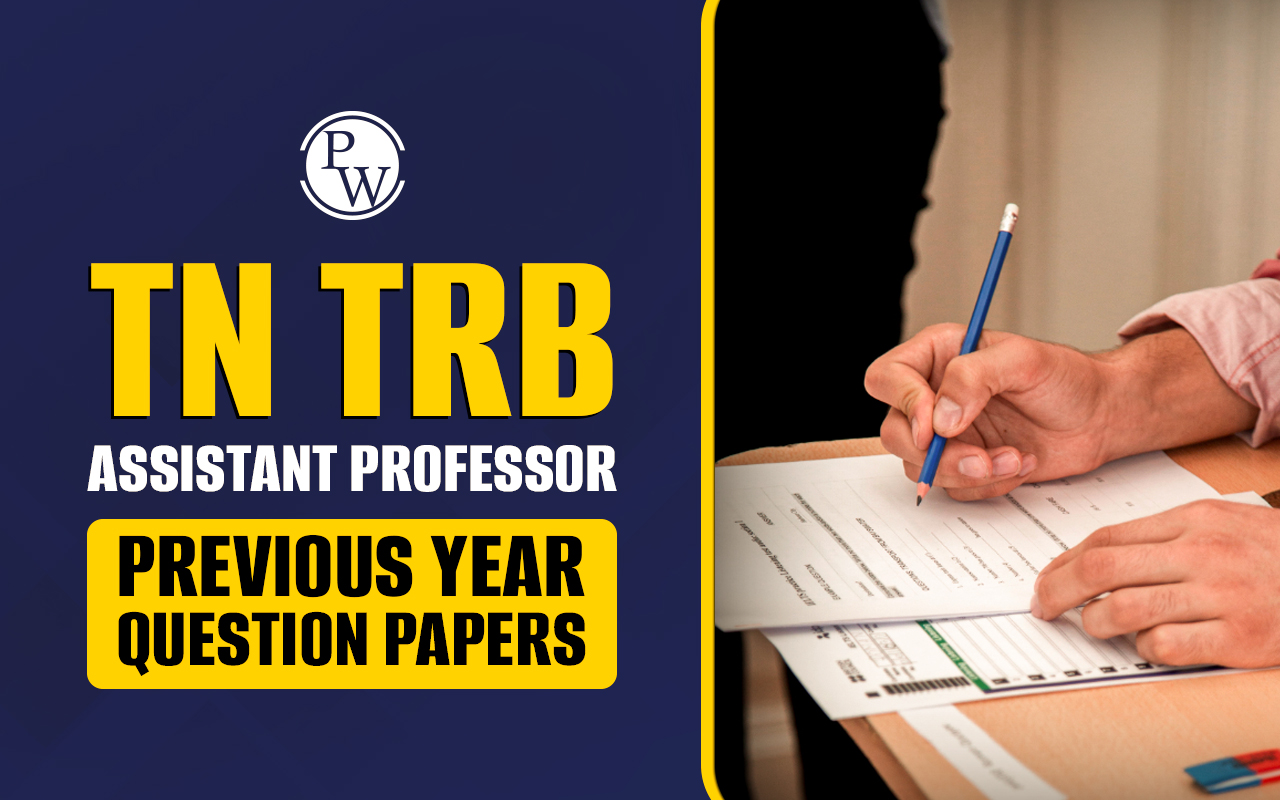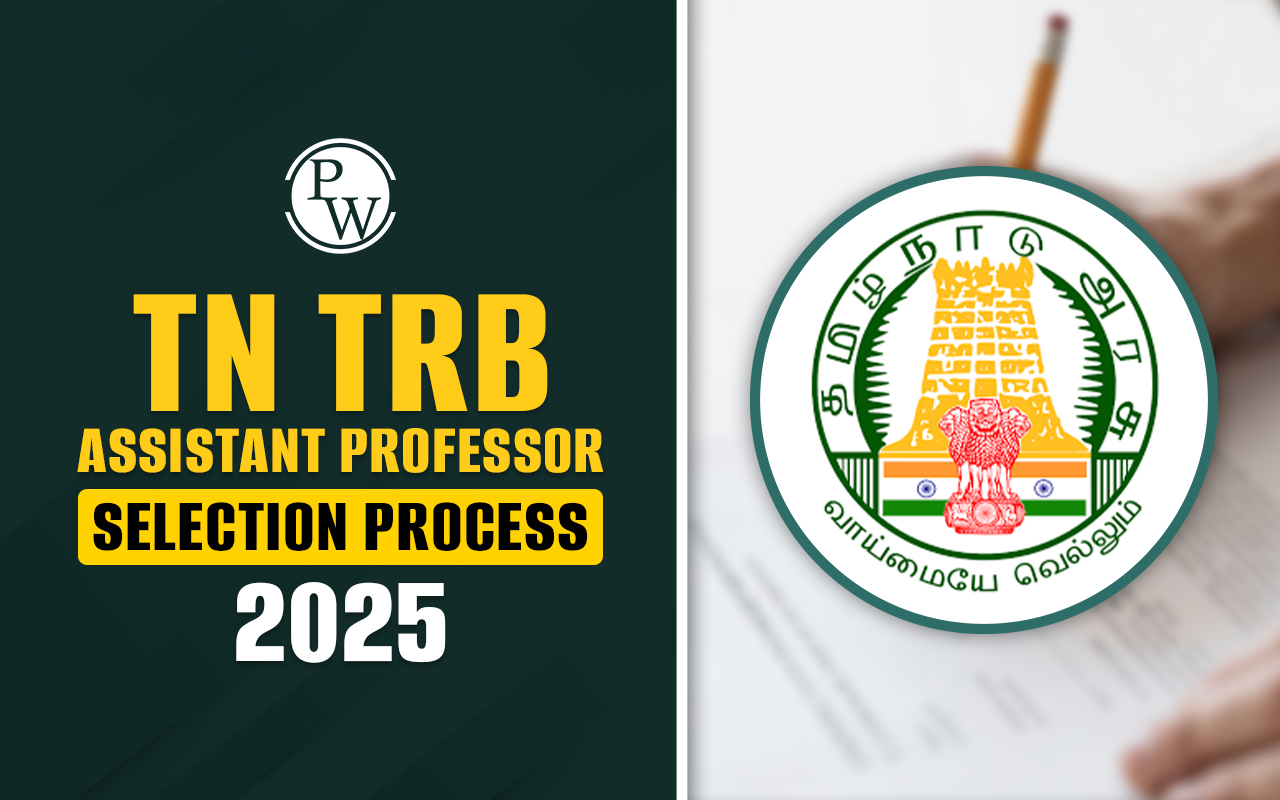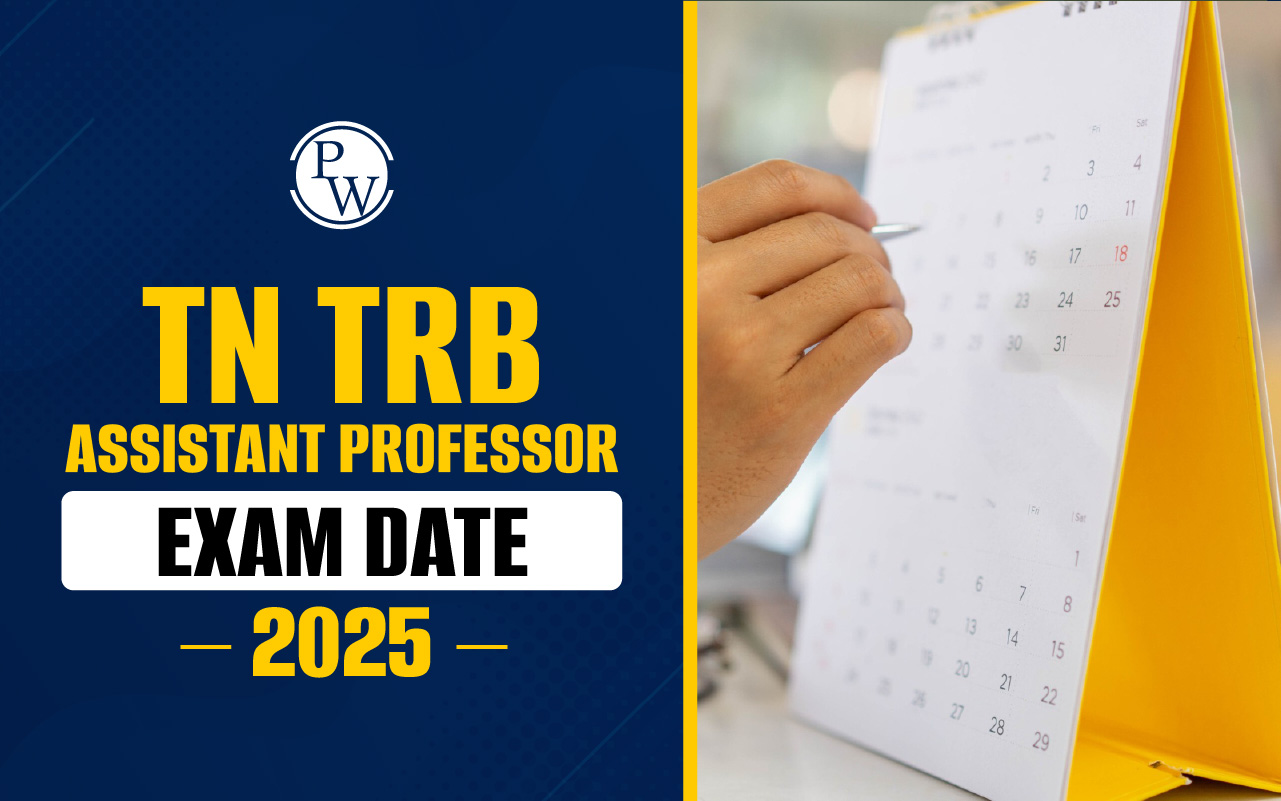

CSIR NET Mathematical Sciences syllabus 2025: The Council of Scientific and Industrial Research (CSIR), in collaboration with the National Testing Agency (NTA), has released the official notification for the CSIR NET December 2025 examination. This national-level eligibility test is conducted to determine the eligibility of candidates for Junior Research Fellowship (JRF) and Lectureship (LS) positions in Indian universities and research institutions. The registration process commenced on 25 September 2025, and will remain open until 24 October 2025, with the last date for fee payment being 25 October, 2025. A correction window will be available from 27 October to 29 October 2025. The examination will be held in computer-based test (CBT) mode on 18 December 2025.
CSIR NET Mathematical Sciences syllabus 2025 covers a wide range of topics essential for advanced mathematical research and teaching. It includes Real and Complex Analysis, Linear Algebra, Abstract Algebra, Ordinary and Partial Differential Equations, Numerical Analysis, Topology, Calculus of Variations, and Probability and Statistics, among others. The exam pattern is divided into three sections: Part A, which assesses general aptitude; Part B, which includes subject-specific conceptual questions; and Part C, which contains higher-order questions aimed at evaluating the candidate’s problem-solving and analytical abilities. Candidates are strongly advised to thoroughly review the detailed syllabus, which is available on the official website at csirnet.nta.ac.in, and begin their preparation in a systematic and timely manner for optimal performance.
CSIR NET Mathematical Science Syllabus 2025 Overview
| CSIR NET Mathematical Science Syllabus 2025 Overview | |
| Exam Name | CSIR NET (Council of Scientific and Industrial Research National Eligibility Test) |
| Conducting Body | National Testing Agency (NTA) |
| CSIR NET Exam Date 2025 | 18 December 2025 |
| Exam Level | National |
| Exam Frequency | Twice a year |
| Mode of Exam | Online - CBT (Computer-Based Test) |
| Total Questions | 150 MCQs in each Paper |
| Exam Duration | 180 minutes |
| Language/Medium of Exam | English and Hindi |
| Marking Scheme |
|
| Official Website | csirnet.nta.nic.in |
CSIR NET Mathematical Science Syllabus PDF
Candidates preparing for the CSIR NET Mathematical Science exam can download the CSIR NET Mathematical Science Syllabus 2025 PDF for easy reference. This PDF includes all important topics and subjects covered in the exam. It helps in planning studies effectively and understanding the key areas to focus on. Candidates can check the syllabus in detail and start their preparation accordingly.CSIR NET Mathematical Science Syllabus 2025
| CSIR NET Mathematical Science Syllabus 2025 | |
| Units | Topics |
| Unit 1: Analysis | Elementary set theory, finite, countable, and uncountable sets, Real number system, Archimedean property, supremum, infimum. Sequence and series, convergence, limsup, liming. Bolzano Weierstrass theorem, Heine Borel theorem Continuity, uniform continuity, differentiability, mean value theorem. Sequences and series of functions, uniform convergence. Riemann sums and Riemann integral, Improper Integrals. |
| Unit 1: Linear Algebra | Vector spaces, subspaces, linear dependence, basis, dimension, algebra of linear transformation Algebra of matrices, rank, and determinant of matrices, linear equations. Eigenvalues and eigenvectors, Cayley-Hamilton theorem. Matrix representation of linear transformations. Change of basis, canonical, diagonal, triangular, and Jordan forms. Inner product spaces, orthonormal basis. Quadratic forms, reduction, and classification of quadratic forms |
| Unit 2: Complex Analysis | Algebra of complex numbers, the complex plane, polynomials, power series, transcendental functions such as exponential, trigonometric, and hyperbolic functions Analytic functions, Cauchy-Riemann equations. Contour integral, Cauchy’s theorem, Cauchy’s integral formula, Liouville’s theorem, Maximum modulus principle, Schwarz lemma, and Open mapping theorem. Taylor series, Laurent series, calculus of residues. Conformal mappings, Mobius transformations. |
| Unit 2: Algebra | Permutations, combinations, pigeon-hole principle, inclusion-exclusion principle, derangements. Fundamental theorem of arithmetic, divisibility in Z, congruences, Chinese Remainder Theorem, Euler’s Ø- function, primitive roots. Groups, subgroups, normal subgroups, quotient groups, homomorphisms, cyclic groups, permutation groups, Cayley’s theorem, class equations, and Sylow theorems. Rings, ideals, prime and maximal ideals, quotient rings, unique factorization domain, principal ideal domain, Euclidean domain. Topology: basis, dense sets, subspace and product topology, separation axioms, connectedness, and compactness. |
| Unit 3: Ordinary Differential Equations (ODEs) | Existence and uniqueness of solutions of initial value problems for first-order ordinary differential equations, singular solutions of first-order ODEs, and the system of first-order ODEs. A general theory of homogenous and non-homogeneous linear ODEs, variation of parameters, Sturm-Liouville boundary value problem, Green’s function. |
| Unit 3: Partial Differential Equations (PDEs) | Lagrange and Charpit methods for solving first-order PDEs, Cauchy problem for first-order PDEs. Classification of second-order PDEs, General solution of higher-order PDEs with constant coefficients, Method of separation of variables for Laplace, Heat, and Wave equations. |
| Unit 3: Numerical Analysis | Numerical solutions of algebraic equations, Method of iteration and Newton-Raphson method, Rate of convergence, Solution of systems of linear algebraic equations using Gauss elimination and Gauss-Seidel methods, Finite differences, Lagrange, Hermite, and spline interpolation, Numerical differentiation and integration, Numerical solutions of ODEs using Picard, Euler, modified Euler and Runge-Kutta methods. |
| Unit 3: Calculus of Variations | Variation of a functional, Euler-Lagrange equation, Necessary and sufficient conditions for extrema. Variational methods for boundary value problems in ordinary and partial differential equations. |
| Unit 3: Linear Integral Equations | Linear integral equation of the first and second kind of Fredholm and Volterra type, Solutions with separable kernels. Characteristic numbers and eigenfunctions, resolvent kernel. |
| Unit 3: Classical Mechanics | Generalized coordinates, Lagrange’s equations, Hamilton’s canonical equations, Hamilton’s principle and the principle of least action, Two-dimensional motion of rigid bodies, Euler’s dynamical equations for the motion of a rigid body about an axis, theory of small oscillations. |
| Unit 4: Descriptive Statistics, Exploratory Data Analysis | Markov chains with finite and countable state space, classification of states, limiting behavior of n-step transition probabilities, stationary distribution, Poisson, and birth-and-death processes. Standard discrete and continuous univariate distributions. sampling distributions, standard errors, asymptotic distributions, distribution of order statistics, and range. Methods of estimation, properties of estimators, confidence intervals. Tests of hypotheses: most powerful and uniformly most powerful tests, likelihood ratio tests. Analysis of discrete data and chi-square test of goodness of fit. Large sample tests. Simple nonparametric tests for one and two sample problems, rank correlation, and test for independence, Elementary Bayesian inference. Simple random sampling, stratified sampling, and systematic sampling. Probability is proportional to size sampling. Ratio and regression methods. Hazard function and failure rates, censoring and life testing, series and parallel systems. |
CSIR NET Mathematical Science Exam Pattern 2025
The CSIR NET Mathematical Science Exam 2025 follows a specific pattern that includes multiple sections with varying numbers of questions and marking schemes. Candidates must understand the details of each section to perform well in the exam. Below is the table for CSIR NET Exam Pattern 2025:| CSIR NET Mathematical Science Exam Pattern 2025 | ||||
|---|---|---|---|---|
| Section | Part A | Part B | Part C | Total |
| Total Questions | 20 | 40 | 60 | 120 |
| Max No. of Questions to Attempt | 15 | 25 | 20 | 60 |
| Marks for Each Correct Answer | 2 | 3 | 4.75 | 200 |
| Marks for Each Incorrect Answer | 0.5 | 0.75 | 0 | |
| Negative Marking | 25% (Part A & B) | 25% (Part A & B) | No Negative Marking | |
CSIR NET Mathematical Science Exam Preparation Tips
Here are some key points for preparing for the CSIR NET Mathematical Science Syllabus 2025:- Understand the Syllabus : Start by reviewing the entire syllabus for CSIR NET Mathematical Science to know what topics are covered.
- Focus on Core Topics : Concentrate on important topics like Linear Algebra, Real Analysis, Complex Analysis, and Probability.
- Practice Regularly : Solve practice papers and previous year’s questions to get familiar with the exam format.
- Time Management : Practice managing your time effectively by setting a timer while solving mock tests.
- Clear Doubts : If you have any doubts, make sure to clear them with teachers or through online resources.
- Revise Often : Keep revising key concepts and formulas regularly to retain information better.











